Definition:
Search intent refers to the reason behind a user’s search query — what they’re really trying to find, learn, do, or buy when they type something into Google.
Why It Matters:
Understanding search intent is key to creating content that ranks and converts. Google’s goal is to deliver the most relevant result for a query — not just content with matching keywords. If your page doesn’t align with what the user actually wants, it won’t perform well, no matter how well-optimized it is.
There are four main types of search intent:
- Informational: The user wants to learn something (e.g. “what is search intent”).
- Navigational: The user wants a specific website or brand (e.g. “Ivingo Creative blog”).
- Transactional: The user is ready to take action or make a purchase (e.g. “book SEO strategy session”).
- Commercial Investigation: The user is comparing or considering options (e.g. “best web design agencies in Maryland”).
You’ll See This Term In:
- Keyword research
- SEO content strategies
- SERP analysis
- UX + content mapping

